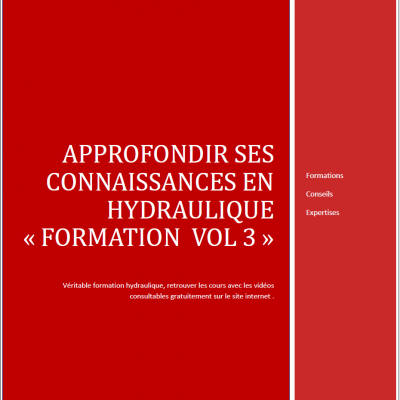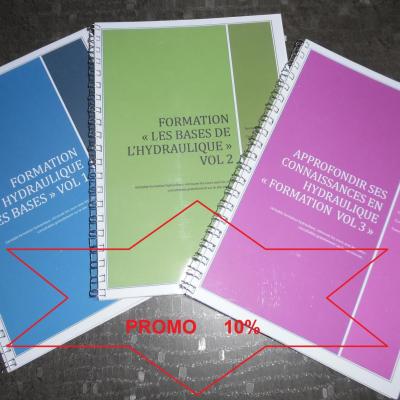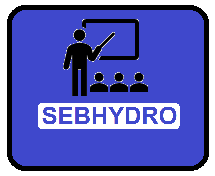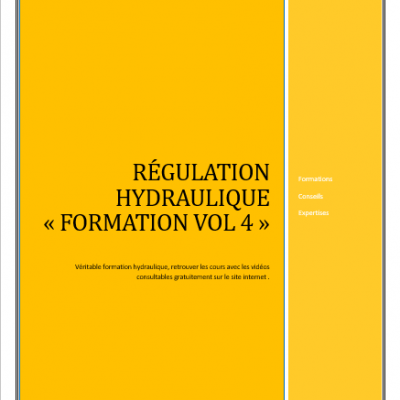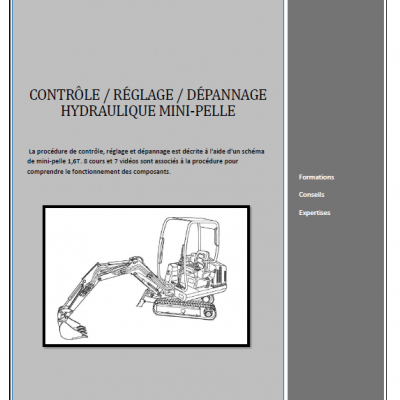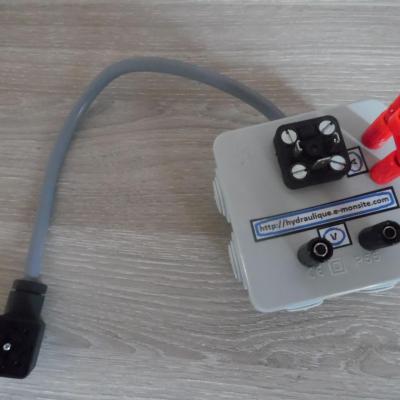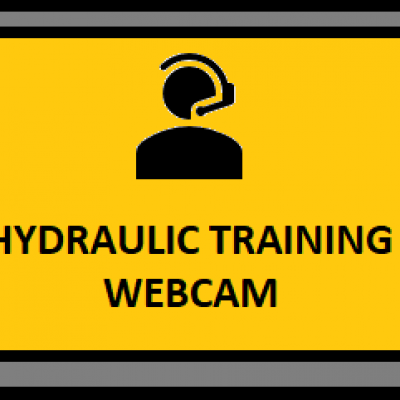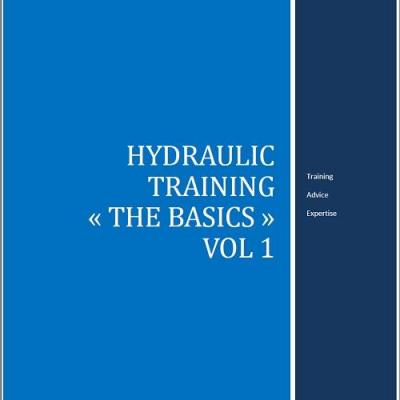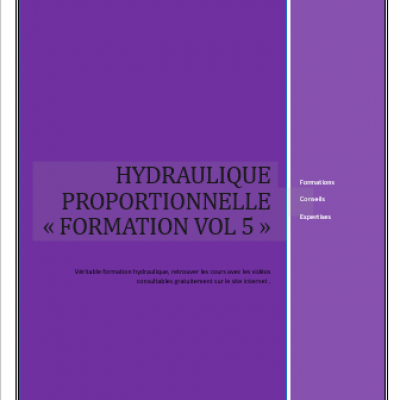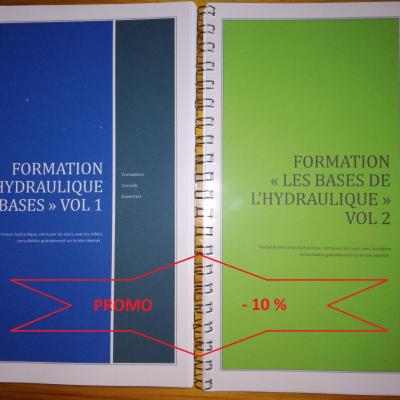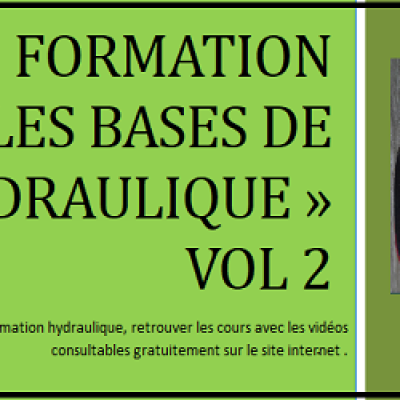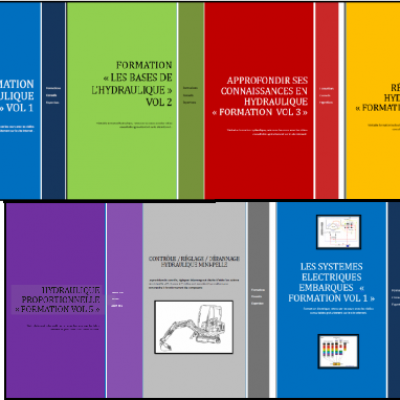Often the term "loop circuit" is used incorrectly by technicians.
In general, the open circuit will be used to perform linear and rotary movements (jacks & motors). This will sometimes be the only circuit of the machine.
The pressure of the open circuits may reach 350 bars .
The loop circuit will be reserved for rotary movements (motors). In very rare cases to linear movements. (Marine for example).
Also called hydrostatic circuit, it is mainly found on mobile machines (public works, agriculture, forestry, marine, etc.)
It is often used to move vehicles forward, or to rotate motors generating significant forces (winches, cable cranes, etc.)
The pressure of the loops circuits can reach 450bars.
1 - Open circuit
The architecture of the open circuit consists of one or more pumps (fixed or variable displacement) generally driven by an electric or thermal motor. The pumps suck the oil into a tank. The oil is directed towards the receivers (cylinders, motors, etc.) using distribution devices (directional valves, valves, etc.). The return oil from the receivers returns to the tank.
We find various pressure valves to protect pumps and receivers (pressure limiters, pressure reducers ...)
Various flow valves can be found to reduce the speed of the receivers (flow restrictors, flow regulators ...)
The oil is filtered and cooled using a heat exchanger installed on the return to the tank.

